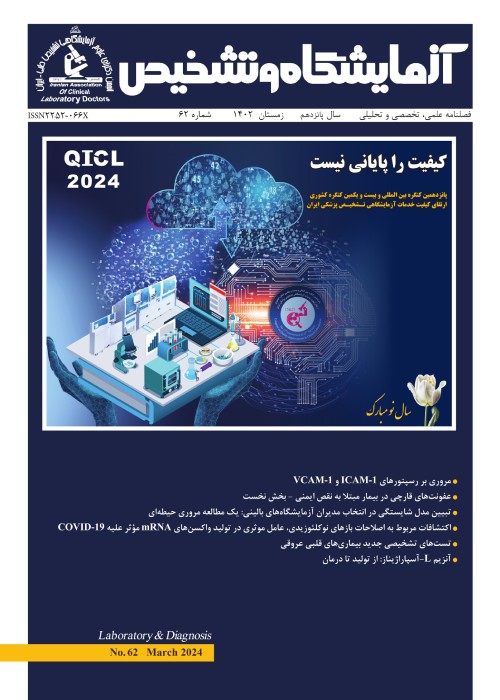A Review on Dematiaceous Fungi
Author(s):
Abstract:
The dematiaceous or phaeoid moulds are a heterogeneous group of organisms which include hyphomycetes, coelomycetes, and ascomycetes. Given the large volume of dark etiologic agents, only selected genera/species are included here. These fungi share dark pigmentation resulting from the presence of dihydroxynaphthalene melanin in the cell walls. When invading tissue, dark hyphae may be difficult to visualize with the hematoxylineosin stain, but the melaninspecific Masson–Fontana stain facilitates recognition. In culture, melanin imparts colonial pigmentation ranging from buff to pale brown in some species, but predominantly olivaceous to brown to black. While a few of these black moulds may display a mucoid or yeastlike phase, at least initially, most appear filamentous in culture. The number of black moulds reported as etiologic agents continues to escalate with the growing population of immune compromised individuals. When recovered from patient samples, dematiaceous fungi must be evaluated for their clinical significance based upon compatible histopathology as they are common, ubiquitous organisms known to colonize host sites. The correct identification of the myriad etiologic agents by the laboratory is critical for appropriate patient management. We have therefore arranged this manuscript in two sections corresponding to these aims. The first section will provide an outline approach to the identification of selected dematiaceous fungi, followed by a brief description of the salient features for each genus or species including (1) colony growth characteristics and macroscopic morphology, (2) microscopic morphology, and/or (3) biochemical tests. Detailed descriptions of etiologic agents may be found in other recent works. Organisms have been grouped on the basis of their anamorphic (asexual = mitosporic) or teleomorphic (sexual = meiosporic) reproductive propagules, although these groupings do not necessarily reflect phylogenetic relationships. Categories of black moulds include the hyphomycetes (that bear their conidia free), the coelomycetes (that bear their conidia within enclosed or semienclosed conidiomata, such as pycnidia or acervuli, respectively), and the ascomycetes (that bear their ascoconidia within a variety of ascomata, such as cleistothecia, perithecia, gymnothecia and other intermediate forms). Organisms known to cause only eumycotic mycetoma are considered separately at the end of the first section. The second section contains a discussion of the epidemiology, clinical presentation, diagnosis, and treatment issues for each of the clinical syndromes caused by dematiaceous fungi: chromoblastomycosis, eumycotic mycetoma, and the various manifestations of phaeohyphomycosis.
Keywords:
Language:
Persian
Published:
فصلنامه آزمایشگاه و تشخیص, Volume:6 Issue: 25, 2014
Page:
23
magiran.com/p1489749
دانلود و مطالعه متن این مقاله با یکی از روشهای زیر امکان پذیر است:
اشتراک شخصی
با عضویت و پرداخت آنلاین حق اشتراک یکساله به مبلغ 1,390,000ريال میتوانید 70 عنوان مطلب دانلود کنید!
اشتراک سازمانی
به کتابخانه دانشگاه یا محل کار خود پیشنهاد کنید تا اشتراک سازمانی این پایگاه را برای دسترسی نامحدود همه کاربران به متن مطالب تهیه نمایند!
توجه!
- حق عضویت دریافتی صرف حمایت از نشریات عضو و نگهداری، تکمیل و توسعه مگیران میشود.
- پرداخت حق اشتراک و دانلود مقالات اجازه بازنشر آن در سایر رسانههای چاپی و دیجیتال را به کاربر نمیدهد.
In order to view content subscription is required
Personal subscription
Subscribe magiran.com for 70 € euros via PayPal and download 70 articles during a year.
Organization subscription
Please contact us to subscribe your university or library for unlimited access!


